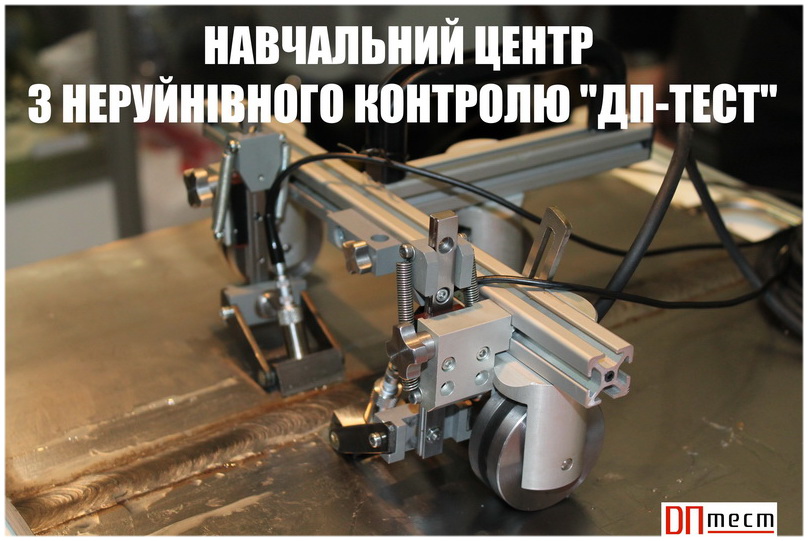Relevance of the topic
Modern industry actively uses ultrasonic technologies for quality control of materials and products. Ultrasonic non-destructive testing is one of the most effective methods for detecting internal defects, which helps to ensure the reliability of structures and prevent emergencies. However, processing and analysing the data obtained during ultrasonic testing remains a challenging task requiring high accuracy and speed.
Today, most ultrasonic systems rely on specialised hardware and software to visualise the results of the tests. However, existing solutions often have limited capabilities for integration with different types of ultrasonic flaw detectors and lack the flexibility to handle large amounts of data. In addition, the lack of intuitive web-based solutions for data analysis and visualisation creates additional difficulties for users.
The development of web technologies opens up new prospects for creating innovative software solutions that can integrate with various types of equipment, provide automated data processing and provide intuitive visualisation tools. A web-based application that works with ultrasonic flaw detector data in CSV, JSON and XML formats can significantly simplify the information processing process and increase the efficiency of analysis. Of particular importance is the ability to automate the creation of A-scan and B-scan graphs, which allows for the detection of defects in materials with high accuracy.
In this master's thesis, a web-based application for visualising ultrasonic flaw detector data was developed, which provides integration with various file formats, automated data processing and graphing. The application is distinguished by its adaptability, ease of use and high performance, which makes it relevant to a wide range of users, including industrial enterprises, research organisations and educational institutions.
The developed application also provides the possibility of expanding the functionality, including additional methods of data processing and analysis, which is in line with current trends in the development of digital technologies. It is aimed at improving the efficiency of material quality control processes, providing convenient and accurate visualisation of research results.
Purpose and objectives of the study
The purpose of the study is to create a web application for automated visualisation of ultrasonic flaw detector data, which provides efficient analysis and processing of results in order to increase the accuracy, speed and convenience of non-destructive testing of materials.
To achieve these goals, the following tasks were solved:
1) Analysis of modern methods of visualisation of ultrasonic flaw detector data.
2) Develop the architecture of the web application taking into account the requirements of scalability and performance.
3) Data processing algorithms for plotting A-scan and B-scan graphs were investigated.
4) Implemented processing and validation of files in CSV, JSON and XML formats.
5) Components for interactive data visualisation were created to allow users to analyse the results of non-destructive testing.
6) Application performance testing and evaluation of its stability when working with large amounts of data.
The object of research is the process of visualising ultrasonic flaw detector data.
The subject of the study is a web application for processing and visualising data from ultrasonic flaw detectors.
Research methods to solve the tasks, we used object-oriented programming methods; principles of designing a multilayer architecture of web applications; methods of mathematical statistics for data analysis; tools of modern frameworks ReactJS and NodeJS for implementing the interface and server side.
Scientific novelty of the results
1) A first-of-its-kind web application for visualising ultrasonic flaw detector data has been created, which provides interactive processing and analysis of information in real time
Practical significance of the results of the dissertation
1) A web application for automated data visualisation has been implemented, which can be used to analyse the results of non-destructive testing in industry and research.
2) The proposed solution increases the efficiency of data visualisation and processing by automating processes and integrating with equipment from different manufacturers.
Research advisor: H.Bohdan









